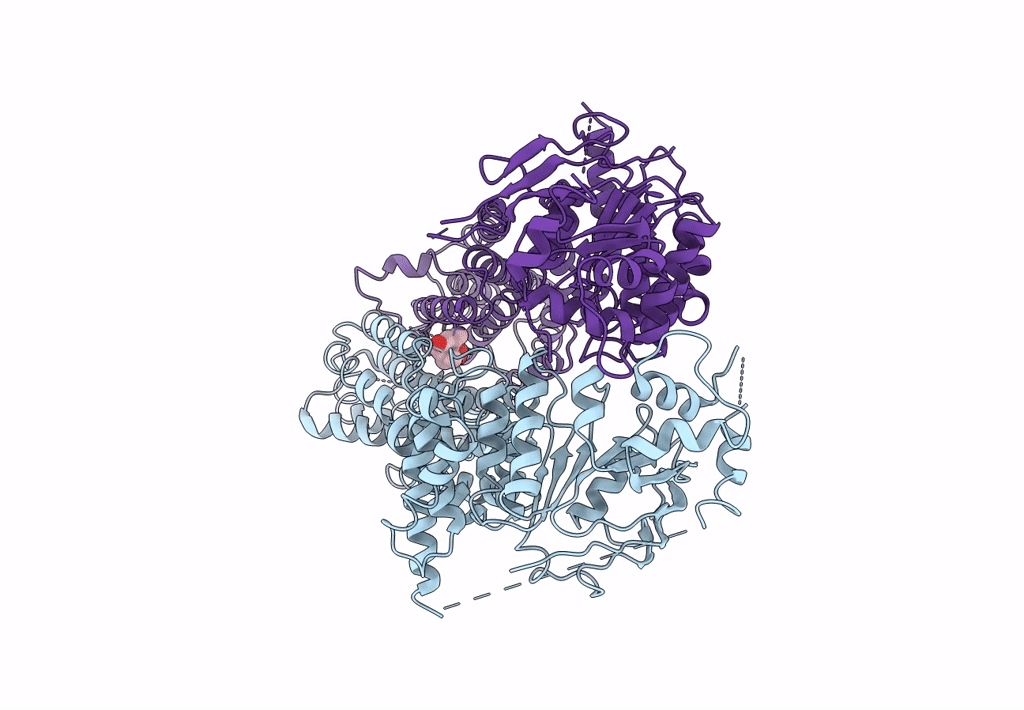
Deposition Date
2023-01-16
Release Date
2023-09-13
Last Version Date
2023-11-01
Entry Detail
PDB ID:
8I39
Keywords:
Title:
Cryo-EM structure of abscisic acid transporter AtABCG25 with ABA
Biological Source:
Source Organism:
Arabidopsis thaliana (Taxon ID: 3702)
Host Organism:
Method Details:
Experimental Method:
Resolution:
2.85 Å
Aggregation State:
PARTICLE
Reconstruction Method:
SINGLE PARTICLE


